Chemicals are part of our daily lives, from the detergents in our homes to the fuels powering industries. Yet, behind their usefulness lies a serious risk: chemical hazards. These dangers can appear suddenly as fires, explosions, or burns, or silently as long-term health problems like cancer and respiratory disease.
Chemical hazards exist everywhere, in workplaces, laboratories, farms, construction sites, and even kitchens. Understanding their types, sources, and health effects is the first step toward prevention. Just as important is knowing how to handle them safely through protective equipment, proper storage, training, and emergency preparedness.
In this complete guide, you’ll learn about the different types of chemical hazards, real-world examples, their short- and long-term health impacts, and proven prevention strategies. Whether you’re an employer, worker, or simply someone who wants to stay safe at home, this article equips you with the knowledge to recognize chemical hazards early and control them effectively.
What Are Chemical Hazards?
A chemical hazard refers to any substance solid, liquid, or gas that poses a risk to human health, property, or the environment due to its inherent chemical properties. These hazards can occur during production, storage, transportation, use, or disposal of chemicals.
They are not always obvious; some are visible (like corrosive acids causing burns), while others are invisible and slow-acting (like carcinogens that damage DNA over time).
Core Characteristics of Chemical Hazards
Chemical hazards are identified not just by their presence, but by the specific risks they pose. Understanding their core characteristics helps in predicting their behavior and applying the proper safety measures.
Toxicity: The Ability of a chemical to poison living organisms. Examples include mercury, arsenic, and carbon monoxide. Effects range from nausea and organ failure to death. Safety requires PPE and strict exposure limits.
Flammability: Tendency of chemicals like petrol, acetone, and hydrogen to catch fire or explode when exposed to heat, sparks, or oxygen. Risks include burns, fires, and workplace destruction. Storing in flame-proof containers is essential.
Corrosiveness: Chemicals such as sulfuric acid, hydrochloric acid, and sodium hydroxide can destroy skin, eyes, metals, and equipment. They cause chemical burns, eye damage, and equipment corrosion. Protective clothing and resistant containers are required.
Reactivity: Some substances react violently with air, water, or other chemicals. Examples are sodium, chlorine, and peroxides. Dangers include explosions, toxic gas release, and chain reactions. Safe storage and separation are critical.
Chronic Health Effects: Long-term exposure to chemicals like benzene, asbestos, and formaldehyde can cause cancer, infertility, or nervous system damage. Regular monitoring, safer substitutes, and ventilation systems are key protections.
Sources of Chemical Hazards
| Source | Examples | Common Hazards |
| Industrial & Manufacturing | Solvents, fuels, welding fumes, heavy metals | Toxic exposure, chemical burns, explosions, leaks |
| Healthcare & Laboratories | Disinfectants, sterilizers, anesthetic gases, chemotherapy drugs | Inhalation risks, spills, poisoning, long-term health effects |
| Agriculture & Farming | Pesticides, herbicides, fertilizers, fumigants | Skin irritation, respiratory damage, soil & water contamination |
| Construction & Building Materials | Asbestos, cement dust, epoxy resins, adhesives, paints | Cancer (asbestos), dust inhalation, chemical burns, allergic reactions |
| Transportation & Storage | Fuel tankers, pipelines, chemical containers | Spills, explosions, environmental pollution, fire risks |
| Household Products | Bleach, detergents, aerosols, fuels, insecticides | Poisoning, skin/eye burns, toxic gas release (e.g., bleach + ammonia) |
| Environmental Pollution | Industrial waste, river contamination, pesticide runoff, chemical spill | Ecosystem damage, air/water/soil pollution, chronic exposure risks |
Types of Chemical Hazards
Chemical hazards come in many forms, and each type poses unique risks to people, property, and the environment. Understanding these types is essential because it allows workers and communities to recognize dangers early and take appropriate preventive measures.
1. Toxic Chemicals
Toxic chemicals harm the body when inhaled, swallowed, or absorbed through the skin. Substances such as lead, mercury, arsenic, and carbon monoxide interfere with vital biological functions. They can damage organs, affect the nervous system, and cause death if exposure levels are high. Strict handling procedures and protective equipment are essential when dealing with toxic chemicals.
2. Flammable and Explosive Chemicals
Flammable chemicals ignite quickly when exposed to heat, sparks, or oxygen, while explosive chemicals can detonate with little warning. Examples include petrol, acetone, hydrogen, and propane. These hazards often cause fires, explosions, and massive property damage. Safe storage in flame-resistant containers and keeping them away from ignition sources is critical for protection.
3. Corrosive Chemicals
Corrosive chemicals destroy living tissue and damage equipment on contact. Acids like sulfuric and hydrochloric acid, and alkalis such as sodium hydroxide, can cause severe burns, permanent eye damage, and corrosion of metals. Even small amounts can leave long-lasting injuries, which is why chemical-resistant PPE and proper storage are vital.
4. Reactive Chemicals
Reactive chemicals behave unpredictably and can react violently with air, water, or other substances. For example, sodium reacts explosively with water, while chlorine can release deadly gases when mixed with specific compounds. These reactions can trigger chain explosions or toxic releases, making them extremely dangerous in industrial and laboratory environments.
5. Chemicals with Chronic Health Effects
Some chemicals do not cause immediate harm but create long-term health problems after repeated exposure. Benzene, asbestos, and formaldehyde are well-known examples. Over time, they can cause cancer, infertility, respiratory illnesses, and nervous system disorders. Because the effects appear slowly, these hazards often go unnoticed until they cause severe health damage.
Health Effects of Chemical Hazards
Exposure to chemical hazards can harm human health in many ways, depending on the type of chemical, the level of exposure, and the duration of contact. Some effects appear immediately, while others take months or even years to develop.
1. Acute Health Effects
Acute effects happen quickly after short-term or high-level exposure. Workers may experience burns, skin irritation, eye damage, nausea, or dizziness. In severe cases, acute exposure can lead to poisoning, suffocation, or even death. For example, inhaling high levels of carbon monoxide can cause unconsciousness within minutes.
2. Chronic Health Effects
Chronic effects develop slowly over long periods of repeated exposure. Chemicals such as benzene, asbestos, and formaldehyde can cause cancer, respiratory illnesses, and reproductive disorders. Because these effects appear gradually, they are often underestimated until severe damage has already occurred.
3. Respiratory System Damage
Many chemical vapors, dusts, and fumes target the lungs. Inhalation of substances like asbestos fibers, silica dust, or chlorine gas can cause asthma, chronic bronchitis, or permanent lung scarring. Long-term exposure increases the risk of chronic obstructive pulmonary disease (COPD) and lung cancer.
4. Skin and Eye Injuries
Direct contact with corrosive or irritating chemicals can result in severe burns, rashes, and allergic reactions. Acids such as sulfuric acid and alkalis like sodium hydroxide can permanently damage the skin and eyes. Even mild irritants, if not washed off promptly, may lead to long-term dermatitis.
5. Nervous System Disorders
Certain chemicals interfere with the brain and nerves. Heavy metals such as lead and mercury, as well as solvents like toluene, can cause memory loss, tremors, headaches, and impaired coordination. Prolonged exposure may result in permanent neurological damage.
6. Reproductive and Developmental Harm
Some chemicals affect fertility and fetal development. Pesticides, lead, and endocrine-disrupting chemicals can cause miscarriages, congenital disabilities, and hormonal imbalances. Workers exposed during pregnancy face increased risks for both mother and child.
7. Systemic Organ Damage
Toxic chemicals can target specific organs such as the liver, kidneys, or heart. For example, carbon tetrachloride damages the liver, while cadmium harms the kidneys. These effects weaken the body's natural detoxification systems and reduce overall health resilience.
Prevention and Control Measures
Preventing chemical hazards is not about one single action but a layered safety approach. By combining engineering solutions, safe work practices, training, protective equipment, and emergency preparedness, organizations can reduce risks and safeguard both people and the environment.
1. Safe Storage and Labeling
Always store chemicals in designated areas with proper ventilation and temperature control. Containers must be sealed tightly, resistant to corrosion, and labeled with clear hazard symbols under the Globally Harmonized System (GHS). Separate flammable, corrosive, and reactive substances into different storage cabinets to prevent dangerous mixing. Secondary containment trays should be used to capture leaks or spills.
2. Engineering Controls
Install mechanical systems that physically reduce exposure to chemical hazards. Fume hoods, exhaust ventilation, and enclosed handling systems keep vapors and dust away from workers. Where possible, use automated dispensing systems to minimize direct handling. For flammable gases and liquids, explosion-proof equipment and spark-free tools are critical.
3. Personal Protective Equipment (PPE)
Provide workers with PPE tailored to the hazards they face. Respirators protect against toxic vapors and dust, goggles shield eyes from corrosive splashes, and gloves prevent absorption through the skin. Face shields, chemical-resistant boots, and full-body suits may be required in high-risk environments. PPE must be inspected regularly and replaced when damaged.
4. Administrative Controls and Training
Implement clear rules and standard operating procedures (SOPs) for chemical use. Train employees on how to identify hazards, read Safety Data Sheets (SDS), and follow safe handling practices. Encourage a culture of safety where workers report spills, near misses, or unsafe conditions without fear. Limit the number of people exposed by assigning only trained personnel to high-risk tasks.
5. Emergency Preparedness and Response
Accidents can happen despite best efforts, so every workplace must have an emergency plan. Stock spill response kits, neutralizing agents, and fire extinguishers suited for chemical fires. Install easily accessible eyewash stations and emergency showers. Conduct drills for scenarios like chemical spills, gas leaks, or fires to ensure workers react quickly and correctly under pressure.
6. Waste Management and Disposal
Handle chemical waste responsibly to avoid secondary hazards. Segregate waste into categories such as flammable liquids, corrosive acids, and heavy metals. Store waste in sealed, labeled containers and ensure licensed hazardous waste services collect it for safe disposal. Never dispose of chemicals down sinks or drains unless explicitly permitted.
7. Substitution and Safer Alternatives
Whenever possible, replace hazardous chemicals with safer substitutes. For example, water-based paints can replace solvent-based versions, and less toxic cleaning agents can replace bleach or ammonia. Substitution reduces risks at the source and often lowers long-term costs associated with health care and compliance.
8. Monitoring and Health Surveillance
Regularly monitor air quality and exposure levels in workplaces where chemicals are used. Use detectors for gases like carbon monoxide or chlorine. Conduct routine medical check-ups for workers exposed to toxic or carcinogenic substances. Early detection of symptoms prevents long-term health problems.
9. Regulatory Compliance
Follow national and international safety regulations such as OSHA (Occupational Safety and Health Administration) in the U.S., HSE standards in the UK, and REACH regulations in the European Union. Compliance not only prevents accidents but also avoids fines, legal issues, and reputational damage.
10. Continuous Improvement
Chemical safety is not a one-time effort. Review procedures regularly, update training programs, and adopt new technologies like IoT sensors for leak detection or AI-powered monitoring systems. Encourage feedback from workers to identify gaps and improve safety practices.
Best Practices for Workers and Employers
Creating a safe environment requires shared responsibility. Employers must provide resources and training, while workers must follow safe practices consistently. Together, they can reduce the risks of chemical hazards and build a strong culture of safety.
1. Regular Training and Awareness
Employers should provide ongoing training sessions on hazard identification, proper handling, and emergency response. Workers must actively participate, stay updated on new safety protocols, and refresh their knowledge regularly. Training builds confidence and reduces the chance of mistakes.
2. Use of Safety Data Sheets (SDS)
Every worker should know how to read and apply the information from Safety Data Sheets. Employers must ensure SDS documents are available for all chemicals on-site. These sheets provide essential details about toxicity, storage, handling, and first-aid procedures.
3. Consistent Use of PPE
Workers must wear appropriate personal protective equipment (PPE) at all times, even for short tasks. Employers should provide high-quality, well-fitting PPE and replace it when damaged. Proper use of gloves, masks, goggles, and protective clothing prevents accidents before they occur.
4. Safe Work Practices
Employers should set clear standard operating procedures (SOPs) for handling, mixing, and storing chemicals. Workers must follow these procedures strictly—never improvising or cutting corners. Practices such as keeping food away from chemical areas and washing hands after handling substances should become daily habits.
5. Emergency Preparedness
Employers must install and maintain emergency equipment such as eyewash stations, spill kits, fire extinguishers, and first-aid supplies. Workers should know precisely where these resources are located and how to use them. Regular drills ensure everyone reacts calmly and effectively during real emergencies.
6. Proper Housekeeping
A clean, well-organized workplace minimizes risks. Employers should ensure chemicals are stored in designated areas with labels visible, and workers should return containers to their designated storage areas after use. Immediate cleanup of spills and good housekeeping practices prevent accidents from escalating.
7. Reporting and Communication
Workers should feel comfortable reporting unsafe conditions, near misses, or incidents without fear of punishment. Employers must encourage open communication and respond quickly to concerns. A transparent reporting culture strengthens overall workplace safety.
8. Health Monitoring and Medical Checks
Employers should provide routine health screenings for workers exposed to hazardous substances. Workers should report early symptoms like persistent cough, skin irritation, or dizziness. Monitoring helps detect problems before they turn into chronic illnesses.
9. Leadership and Safety Culture
Employers must lead by example, showing that safety is a top priority. Workers, in turn, must take personal responsibility for their actions. A culture where both sides are committed to chemical safety creates long-term improvements in workplace health and productivity.
Conclusion
Chemical hazards surround us in workplaces, laboratories, farms, and even homes. While they play a vital role in modern life, their risks can be severe if ignored. By understanding their types, health effects, and sources, and by applying proven prevention and control measures, we can significantly reduce accidents and long-term illnesses.
Workers and employers who commit to safe practices, proper training, and consistent use of protective equipment build a culture where safety comes first. Ultimately, chemical hazards are not just about danger; they are about responsibility. With awareness, preparation, and collective action, we can protect human health, preserve the environment, and create safer places to live and work.



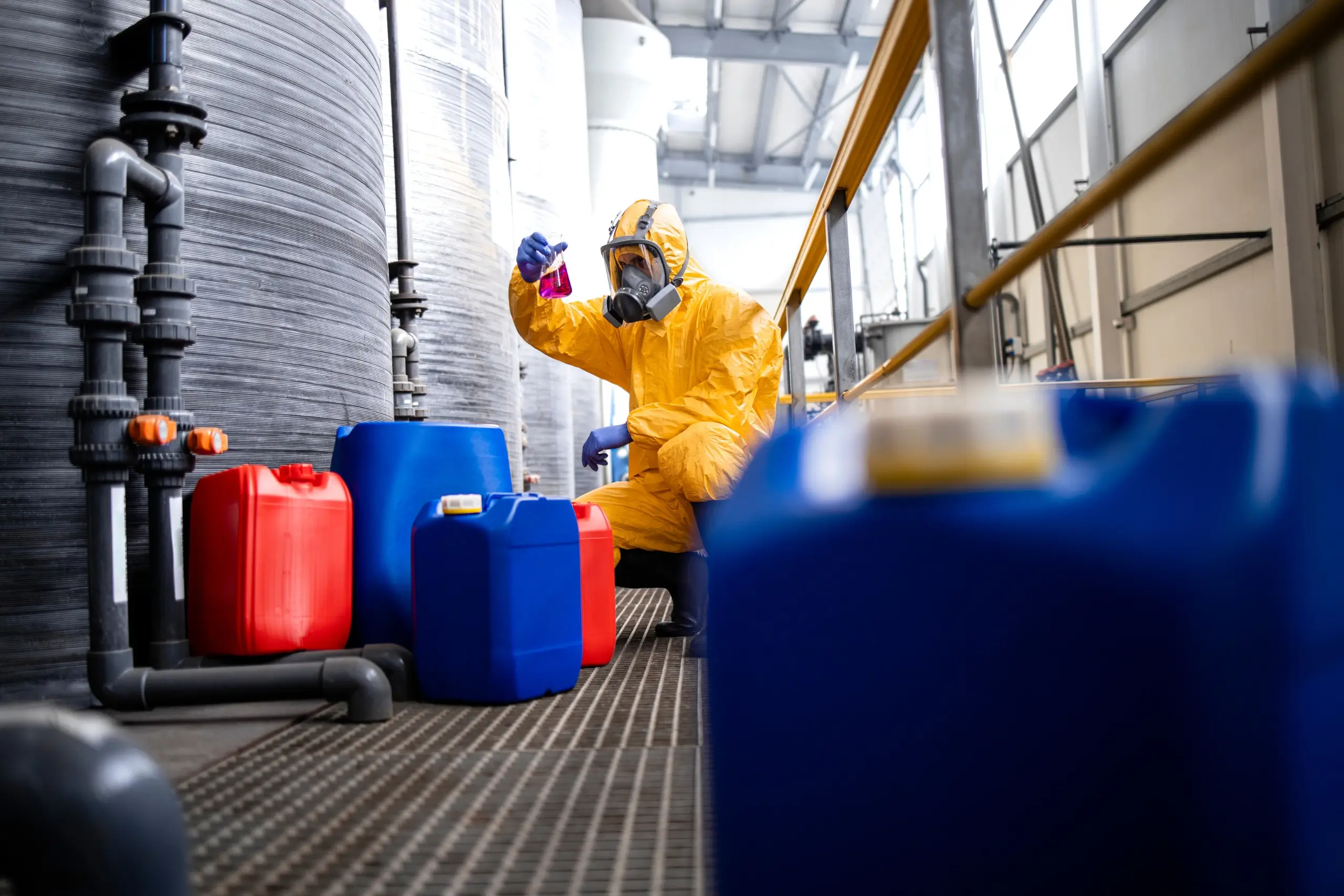





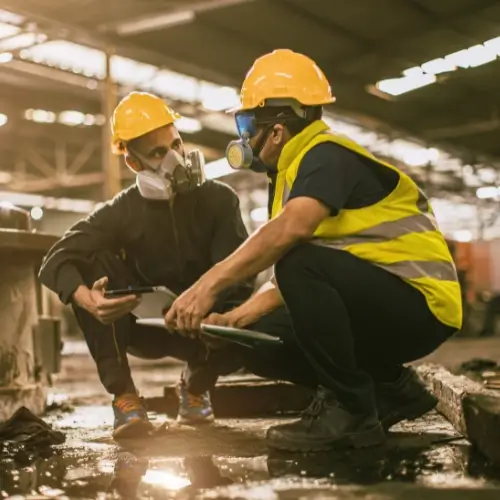
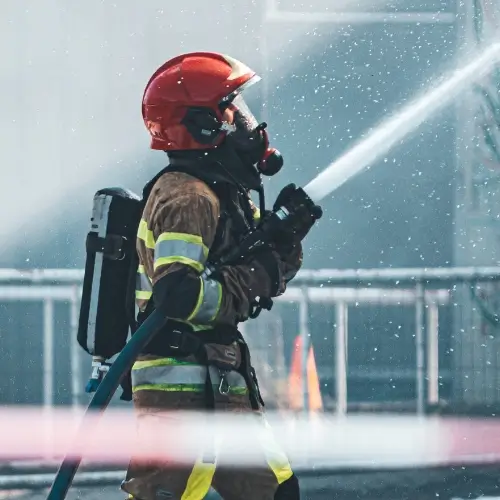


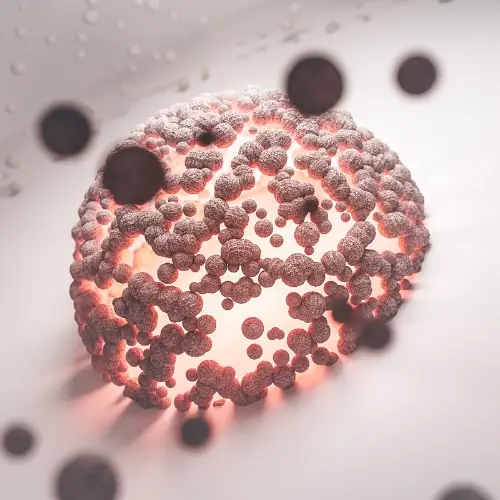
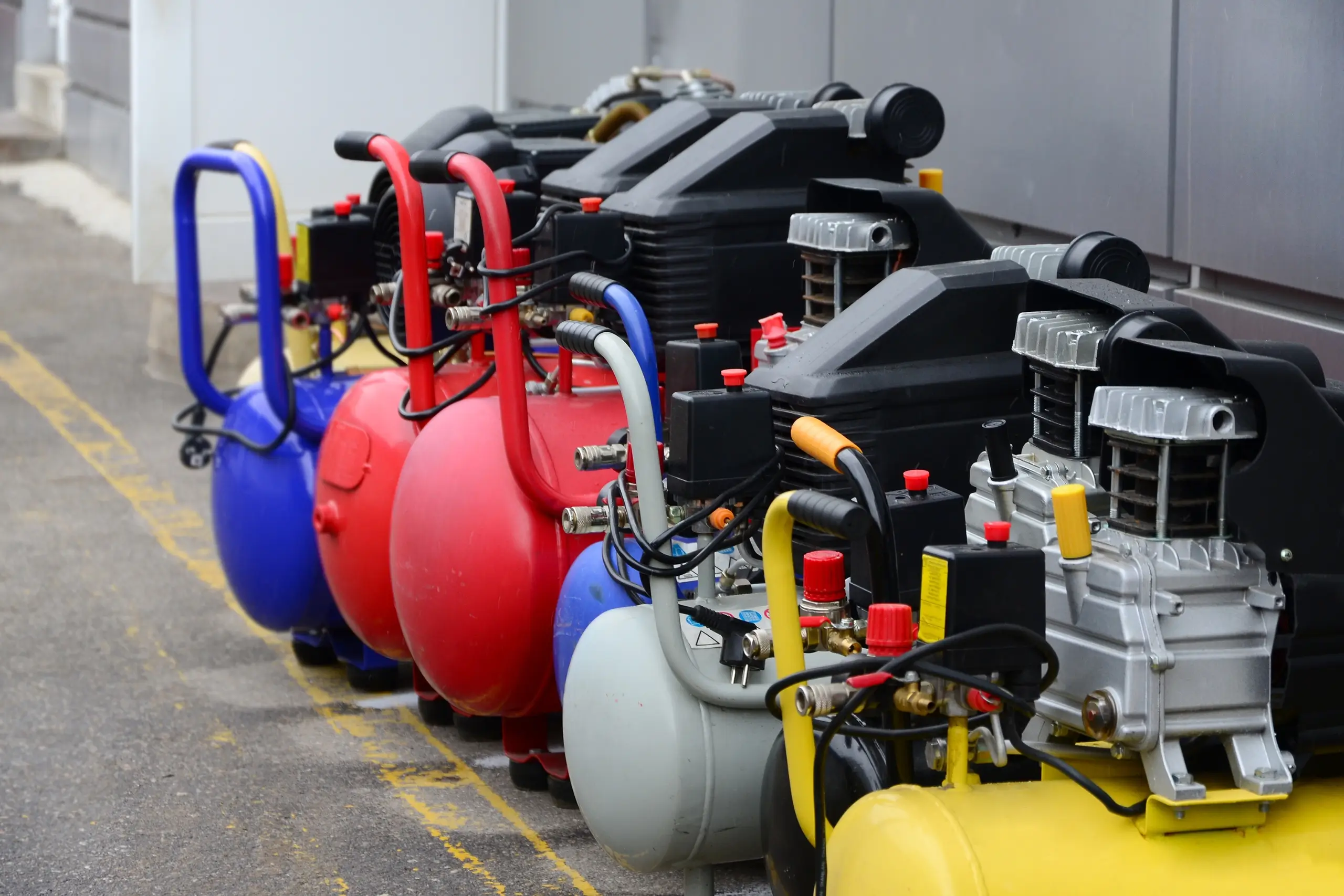

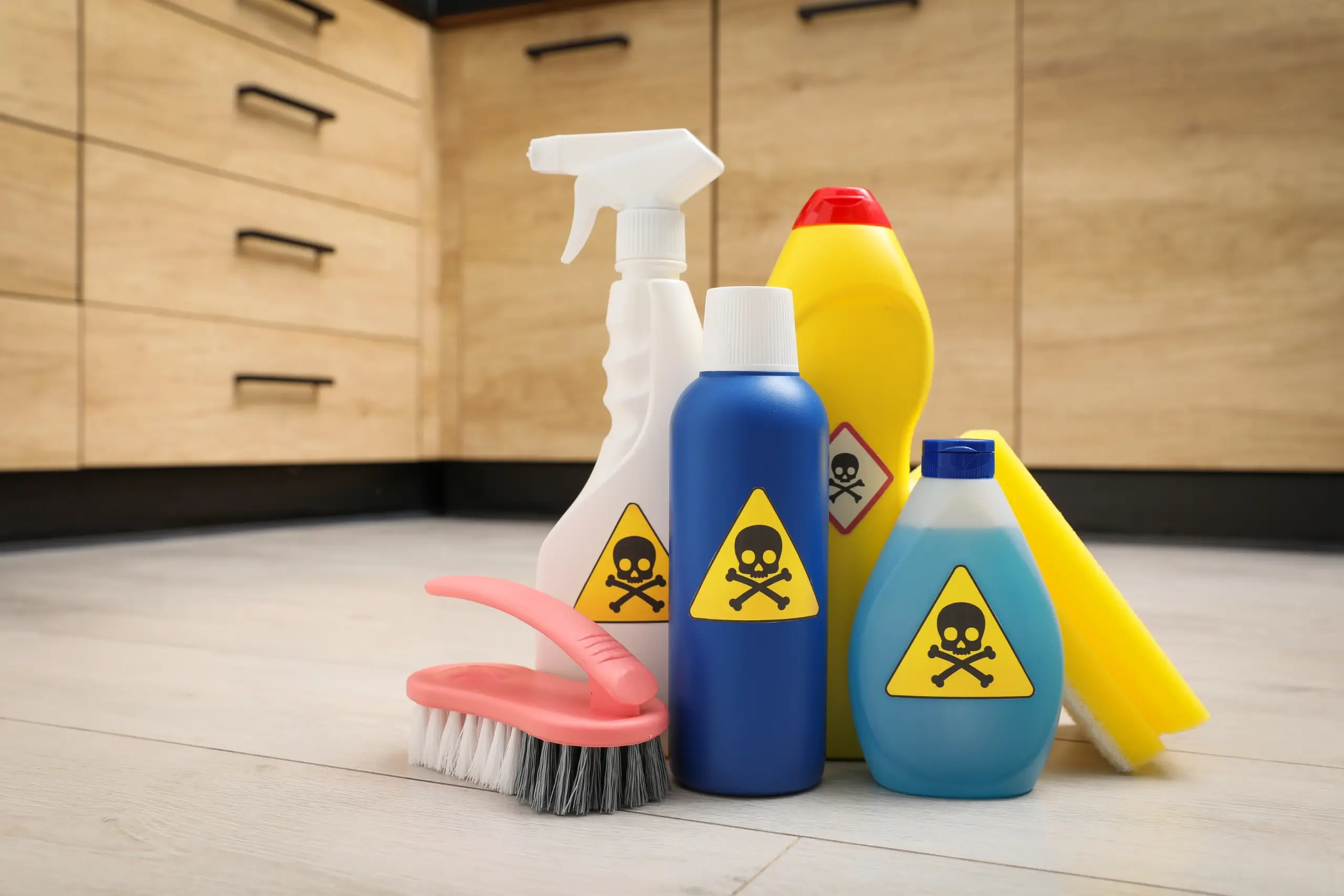


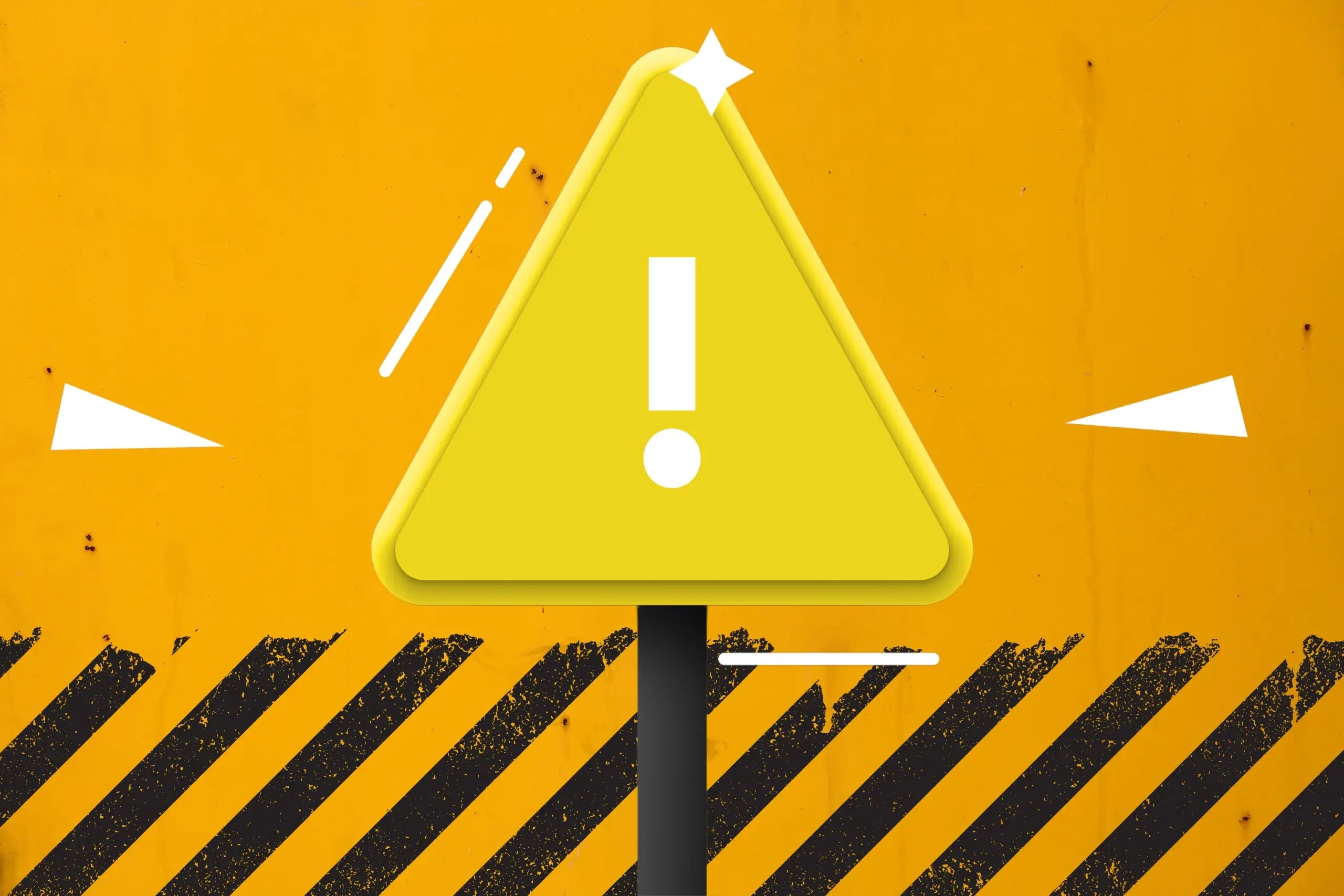



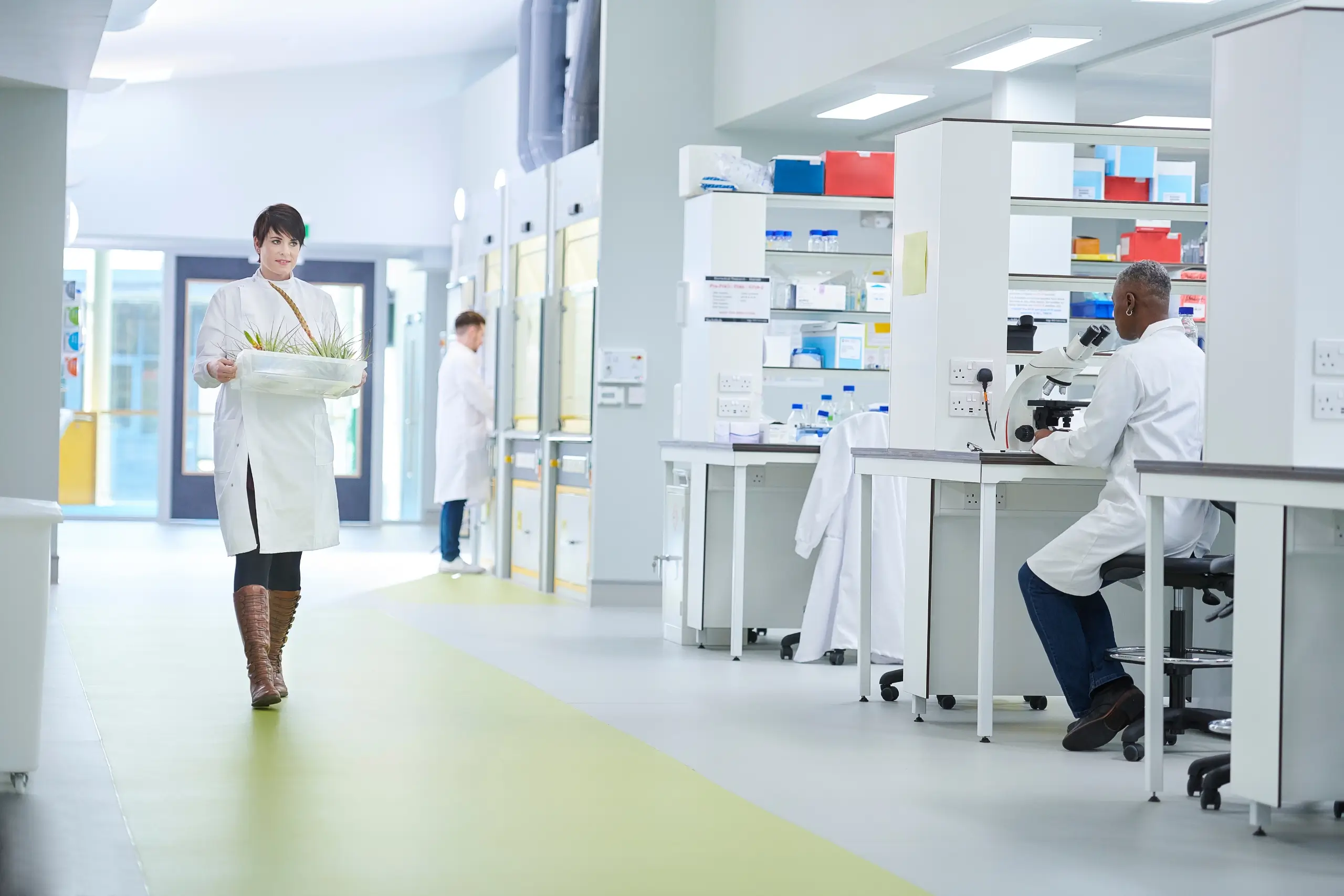

Discussion & Comments